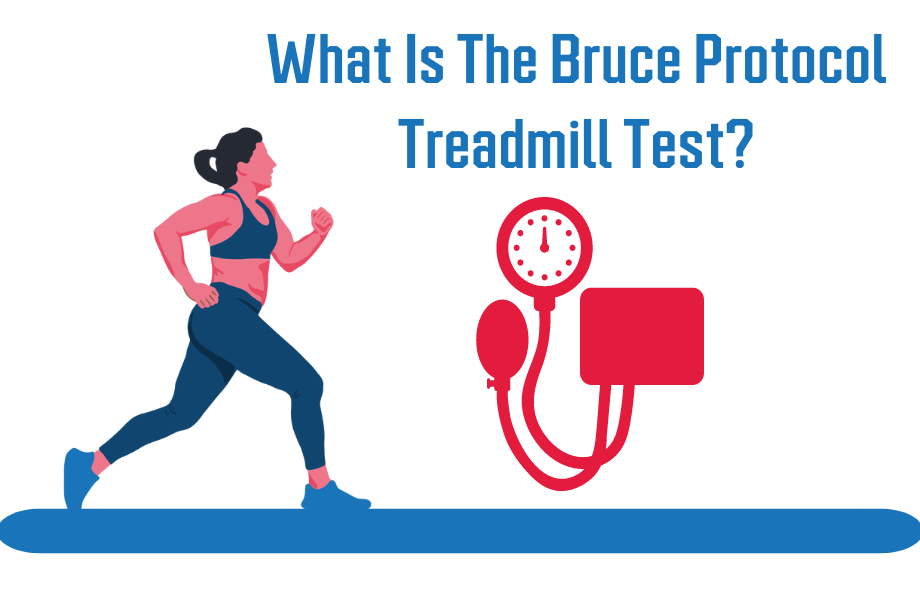We test and review fitness products based on an independent, multi-point methodology. If you use our links to purchase something, we may earn a commission. Read our disclosures.
You’ve heard about cardiovascular fitness and how important aerobic exercise is for your heart. But is there a way to actually measure how well your heart (and the rest of your circulatory system) responds to exercise? The answer is yes; there are actually a few tests, collectively called cardiac stress tests, that can measure your cardiorespiratory fitness and evaluate your heart function.
The Bruce Protocol treadmill test, which was developed in 1963 by an American cardiologist named Robert A. Bruce, is the most commonly used1 treadmill stress test, according to the book “Treadmill Stress Testing” indexed in the National Library of Medicine.
It’s a standard cardiology test that was originally developed as a predictor of a patient’s risk of developing coronary heart disease and/or having a heart attack. But it can also be used to evaluate cardio fitness.
During this test, a trained health care provider measures how your heart responds to different exercise intensities by monitoring your heart rate and electrical activity via an electrocardiogram (ECG) as you exercise. Your blood pressure will also be measured as you work through the test.
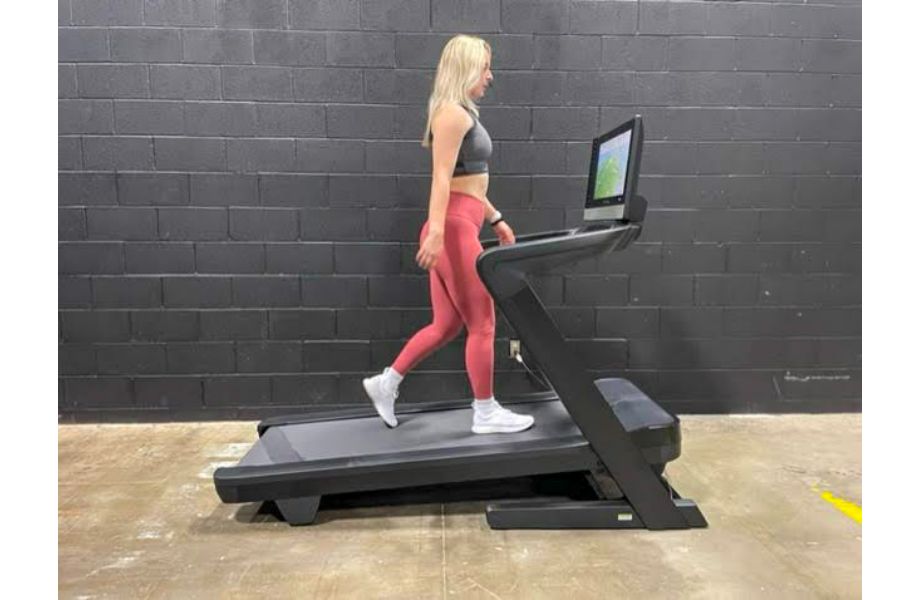
What are METs and Why Do They Matter?
Before diving into the details of the Bruce treadmill test, it’s helpful to understand metabolic equivalents (METs).
“One MET is the measure of energy you expend doing absolutely nothing,” says Amanda Capritto, certified personal trainer and health coach. “It’s measured by the amount of oxygen you consume per minute, which is equal to 3.5 milliliters of oxygen per kilogram of body weight.”
It’s slightly more complicated than that, but that’s the gist of it. The scientific definition is as follows, according to a 2016 study in the journal Nutrients2: “‘Metabolic Equivalent’ (MET) represents a standard amount of oxygen consumed by the body under resting conditions, and is defined as 3.5 mL O2/kg × min or ~1 kcal/kg × h. It is used to express the energy cost of physical activity in multiples of MET.”
The MET score of an activity is measured by comparing your working metabolic rate compared to your resting, or basal, metabolic rate. For example, if a certain activity is rated 5 METs, it means that you exert five times as much energy doing that activity as you would sitting still.
How Does the Bruce Protocol Work?
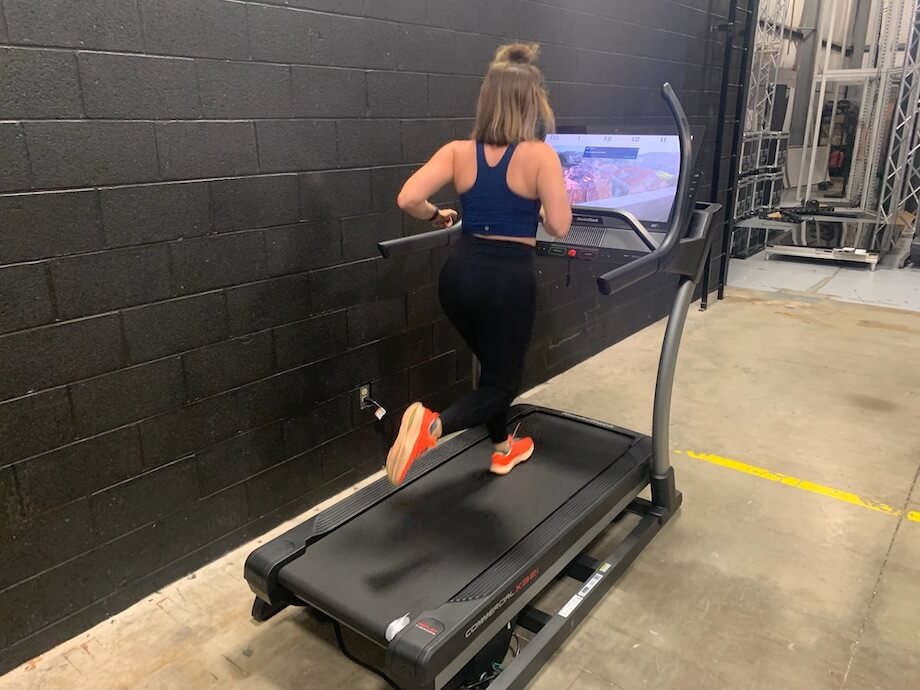
The Bruce Protocol is an indirect maximal oxygen uptake (or VO2 max) test that is used to ultimately calculate METs.
“VO2 max is a measure of the maximum amount of oxygen you can utilize during intense exercise,” says Amanda. “It’s considered one of the best ways to measure cardiorespiratory fitness, because it essentially shows how well your heart can keep up to meet the demands of certain aerobic exercises.”
During the Bruce Protocol test, you’ll go through various stages, each of which lasts three minutes. Because it’s a maximal exercise test, both your speed and incline increase during each stage, while a healthcare professional measures how your heart responds. There are a total of seven stages, but you may not make it through all of them.
The test stops when you reach 85% of your maximum heart rate, ask to quit, or you experience abnormal symptoms1, such as:
- A drop in systolic blood pressure of greater than 10 mmHg from baseline
- Systolic blood pressure of 250 mmHg or diastolic blood pressure higher than 115 mmHg (or both)
- Arrhythmias
- Chest pain/angina
- Fatigue, shortness of breath, leg cramps, and/or wheezing
Basically, you’ll workout on a treadmill until you’ve reached your limit, or the ECG you’re hooked up to tells you it’s time to stop for safety reasons. During your test, your healthcare provider will be monitoring:
- Heart rate: if your heart has trouble keeping up with the demand of exercise, or it doesn’t go back down to your resting target heart rate after activity ceases
- Heart rhythm: if your heart is maintaining a normal rhythm
- Blood pressure: abnormal increases or decreases in blood pressure (it’s normal for your blood pressure to rise during exercise)
- Recovery: how well your heart recovers after exercise, and if rhythm still remains normal
- Electrical activity: abnormal electrical changes, like an increase or decrease in the ST segment3, which can indicate the heart isn’t getting enough oxygen
If anything appears abnormal, you’ll be advised to stop.
VO2 Max Calculator
We created a VO2 max calculator you can use to estimate your VO2 max if you aren’t able to get to a lab for a Bruce Protocol test.
What Do the Results Mean?
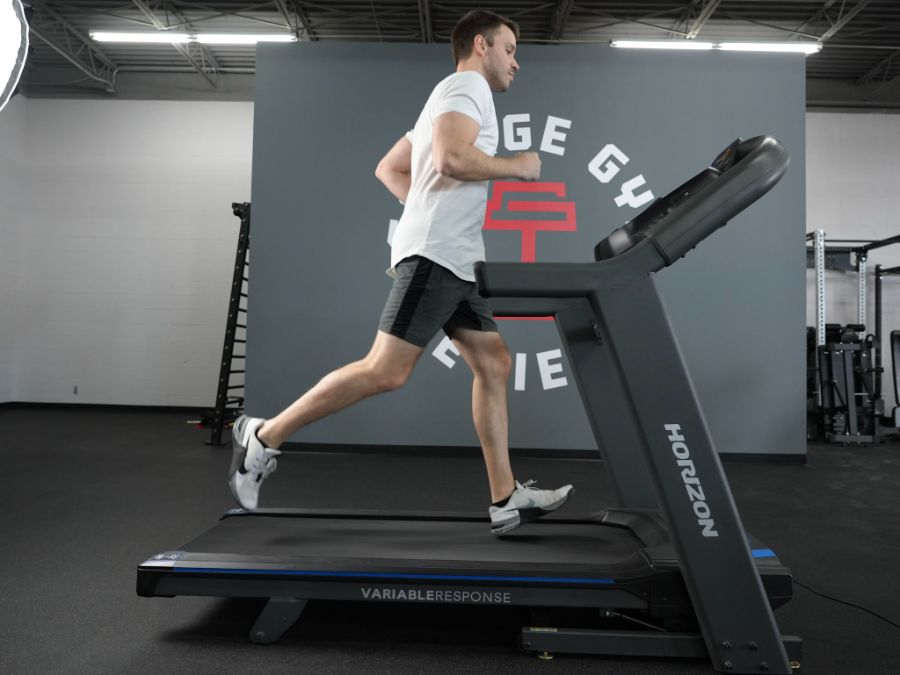
When the test is completed, you’ll get a total time (T) spent on the treadmill in minutes. For example, if you spend 8.5 minutes on the treadmill, your total time is 8.5. This time value is then plugged into a predetermined equation. The result is your VO2 max.
These are the VO2 max equations used for the Bruce Protocol test:
- Men: 14.8 – (1.379 x T) + (0.451 x T²) – (0.012 x T³) = VO2 max.
- Women: 4.38 x T – 3.9 = VO2 max.
After your VO2 max is calculated, it will be used to calculate the equivalent METs value by dividing the result by 3.5. Using the equation above, if you’re a man that lasted 8.5 minutes during your treadmill exercise testing, your VO2 max would be 28.29. Dividing this number by 3.5 gives you your MET value of 8.08.
The test results tell you two main things: your cardio fitness level and your risk of developing heart problems, which are intricately connected, of course. Here’s the breakdown, according to 2006 report in the journal Annals of Saudi Medicine4:
- Less than 5 METS is considered poor
- 5 to 8 METs is fair
- 9 to 11 METs is good
- 12 or more METs is excellent
According to a September 2017 report published in American Family Physician5, getting more than 10 METs on exercise stress testing equates to a low risk of developing heart problems, independent of the specific ECG results. Further, each 1-MET increase is associated with an 18% reduction in cardiac events in people older than 65 years and a 14% reduction in younger individuals.
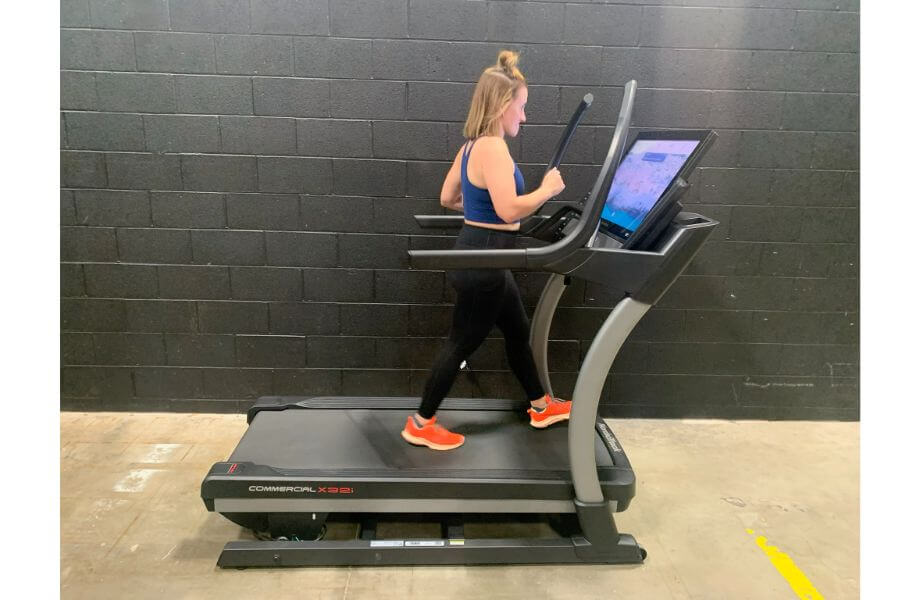
Types of Bruce Protocol Tests
Now back to the specific tests. There are two types of Bruce Protocol treadmill tests: the standard Bruce Protocol and the modified Bruce Protocol.
Standard Bruce Protocol
The standard Bruce Protocol is the test given to those with no known underlying health issues. It might start with a warmup, but the official test looks like this:
| Stage (each lasts 3 minutes) | Treadmill Speed (mph) | Incline (%) |
| 1 | 1.7 | 10 |
| 2 | 2.5 | 12 |
| 3 | 3.4 | 14 |
| 4 | 4.2 | 16 |
| 5 | 5.0 | 18 |
| 6 | 5.5 | 20 |
| 7 | 6.0 | 22 |
Modified Bruce Protocol
There’s also a modified Bruce Protocol. This exercise stress test starts at a lower incline and maintains a lower speed through several stages before ramping things up. This modified version of the exercise tolerance test is typically used for those who have suffered a recent heart attack or cardiac issue, or those that have symptoms, like chest pain, that may indicate the need for a lower energetic output.
The modified Bruce Protocol may also be used for older adults who can’t reach the max speeds of the standard Bruce protocol or very sedentary individuals who have trouble keeping up.
Here’s a breakdown of the modified version:
| Stage (each lasts 3 minutes) | Treadmill Speed (mph) | Incline (%) |
| 1 | 1.7 | 0 |
| 2 | 1.7 | 5 |
| 3 | 1.7 | 10 |
| 4 | 2.5 | 12 |
| 5 | 3.4 | 14 |
| 6 | 4.2 | 16 |
| 7 | 5.0 | 18 |
| 8 | 5.5 | 20 |
| 9 | 6.0 | 22 |
Bruce Protocol Treadmill Test Final Thoughts
The Bruce Protocol Treadmill Test was originally developed as a way to predict coronary artery disease and other potential cardiac issues, but it’s also a reliable way to judge your cardio fitness. The test provides values for VO2 max and METs, which can give you clues as to how efficiently your heart can deliver oxygen to your muscles. A MET value over nine is considered good, while 12 or more is excellent.
Bruce Protocol Treadmill Test: Q&A
How Long Is A Bruce Protocol Stress Test?
The total time of the Bruce Protocol test depends on how your heart responds to it. There are seven stages and each one lasts for three minutes, according to Harvard Health. If you make it to the last stage, the test will last 21 minutes, but then there’s typically a cool-down period where you walk at a slower pace for a few minutes to bring your heart rate down. After this cool-down period, you may need to stand or sit for another 15 minutes to allow your heart rate to return to its resting state.
Depending on how you respond to it, the test may be shorter for you. It ends when your heart is working to 85% of its maximum predicted heart rate (MPHR), so if that happens in the third stage, the active part of the test may only last nine minutes or so.
How Many Minutes Is Good On A Stress Test?
The duration of your stress test doesn’t matter as much as the METs, although the two are connected. In general, nine to 12 METs is considered good, while more than 12 METs is excellent. This translates to about eight minutes for women and nine minutes for men.
How High Should Your Heart Rate Go During A Stress Test?
The Bruce Protocol will stop when you reach 85% of your maximum heart rate (MHR), which depends on your age. You can calculate your MHR by subtracting your age from 220. If you’re 36 years old, your MHR is 184 beats per minute (bpm). This means the test will end if/when your heart rate reaches 156 bpm.
References
- Vilcant V, Zeltser R. Treadmill Stress Testing. [Updated 2023 Jul 5]. In: StatPearls [Internet]. Treasure Island (FL): StatPearls Publishing; 2023 Jan-. Available from: https://www.ncbi.nlm.nih.gov/books/NBK499903/
- Melzer K, Heydenreich J, Schutz Y, Renaud A, Kayser B, Mäder U. Metabolic Equivalent in Adolescents, Active Adults and Pregnant Women. Nutrients. 2016;8(7):438. Published 2016 Jul 20. doi:10.3390/nu8070438
- Kashou AH, Basit H, Malik A. ST Segment. [Updated 2021 Aug 11]. In: StatPearls [Internet]. Treasure Island (FL): StatPearls Publishing; 2023 Jan-. Available from: https://www.ncbi.nlm.nih.gov/books/NBK459364/
- Kharabsheh SM, Al-Sugair A, Al-Buraiki J, Al-Farhan J. Overview of exercise stress testing. Ann Saudi Med. 2006;26(1):1-6. doi:10.5144/0256-4947.2006.1
- Garner KK, Pomeroy W, Arnold JJ. Exercise Stress Testing: Indications and Common Questions. Am Fam Physician. 2017;96(5):293-299.
Further reading

Don’t wait on the next big sale on flywheel training; you can get 10% off your next purchase now with our exclusive Exxentric coupon code. Read more

Our Aloha Protein Bar review looks in detail at this very popular vegan protein bar. Is it healthy? Read more

If you’re looking for the best weightlifting shoes for squats, Olympic lifting, or conditioning, we have you covered with our top picks from Nike, Adidas, and Reebok. Read more

What muscles does an elliptical work? Our team dives into the anatomy behind this popular low-impact workout. Read more

